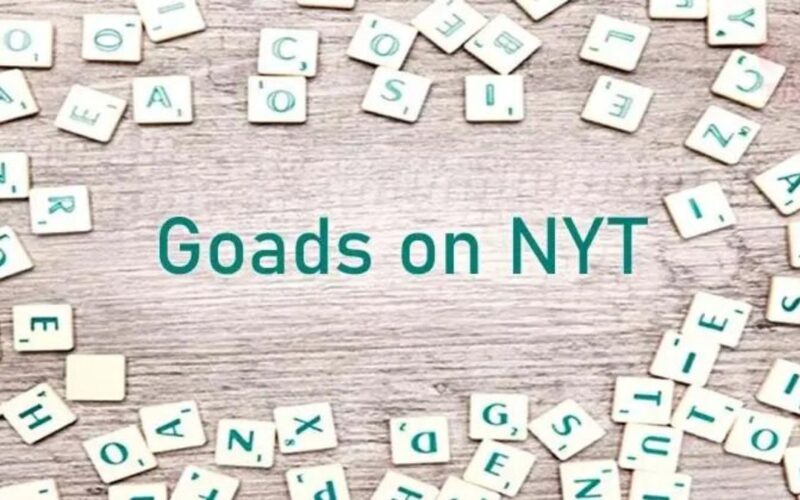The phrase “goads on nyt” has evolved into a sophisticated method of attracting viewers in the dynamic world of online media. The purpose of this essay is to investigate the origins, relevance, and ethical issues of “goads on nyt” tactics used by the New York Times and other news organizations.
1. Historical Perspective
Understanding the modern significance of “goads on nyt” requires going back to its beginnings and how it has changed over time. The New York Times, like other media institutions, has evolved its audience engagement tactics throughout the years, from the era of early sensationalism to the digital age.
2. Significance in Modern Context
To make sense of the information overload in today’s digital world, it’s important to know what “goads on nyt” means. Both public opinion and the nature of journalism are profoundly affected by this strategy.
3. Exploring the Goads Technique
Using deliberately offensive components to provoke audience emotions is known as the “goads” strategy. You will find a detailed description of this technique’s application and its effect on reader engagement in this section.
4. Benefits and Criticisms
The use of “goads on nyt” to encourage participation from viewers is not without its detractors. As we delve into the ethical implications and possible downsides of this approach, we will also examine its good elements in this section.
5. Examples in Recent Media
An examination of current case studies involving the implementation of “goads on nyt” will be conducted. For a more practical grasp of the method, we will talk about how the general public responded to these cases and the consequences that followed.
6. Navigating the Ethical Landscape
Making use of “goads on nyt.” requires careful ethical deliberation. To shed light on responsible media practices, this section will investigate the fine line that journalists must walk between entertaining their audience and compromising their credibility.
7. Impact on Public Opinion
What effect does the term “goads on nyt” have on the general public’s opinion? This section will discuss the possible influence on opinion forming and the role of media sources in this context.
8. The Role of Social Media
The power of “goads on nyt.” is further magnified by social media platforms. This article will shed light on the linked nature of modern media by discussing how algorithms help the circulation of such material.
9. Challenges and Solutions
Responsibility in executing “goads on nyt” is an issue for media organizations. In this part, we will discuss these difficulties and offer some suggestions on how to overcome them or at least lessen their impact.
10. Adapting to Changing Media Dynamics
Responsible adaptation is essential for media outlets as the dynamics of the industry change. In this session, we will talk about ways to make “goads on nyt” more accountable and open.
11. Consumer Awareness
To identify and navigate “goads on nyt.”, consumers are vital. For the public to remain informed and watchful, this section will shed light on the significance of media literacy.
12. Future Trends
Forecasting what “goads on nyt” will trend in the future is difficult yet necessary. In this part, we’ll look at how new technology could affect the development of this method.
13. Conclusion
Finally, when it comes to media engagement, “goads on nyt” is both helpful and harmful. Ethical concerns and appropriate actions are crucial for maintaining credibility, even though they can boost audience participation.
14. FAQs
1. What is the purpose of “goads on nyt”?
The goal of “Goads on nyt” is to increase audience participation and engagement through intentional reaction elicitation.
2. How can readers identify when they are being “goaded”?
One way for readers to spot “goads on nyt” is to keep an eye out for content that has sensationalism or controversial characteristics.
3. Are there any legal implications for using this technique?
Ethical considerations with false information may have consequences, even if there are no direct legal ramifications.
4. Can “goads on nyt” be positive for public engagement?
“Goads on nyt” has the potential to increase participation in online discourse and conversation when utilized appropriately.
5. How can media outlets maintain credibility while employing this technique?
Transparency, ethical standards, and responsible journalism are the pillars upon which media organizations may build and sustain their credibility.








